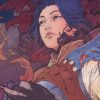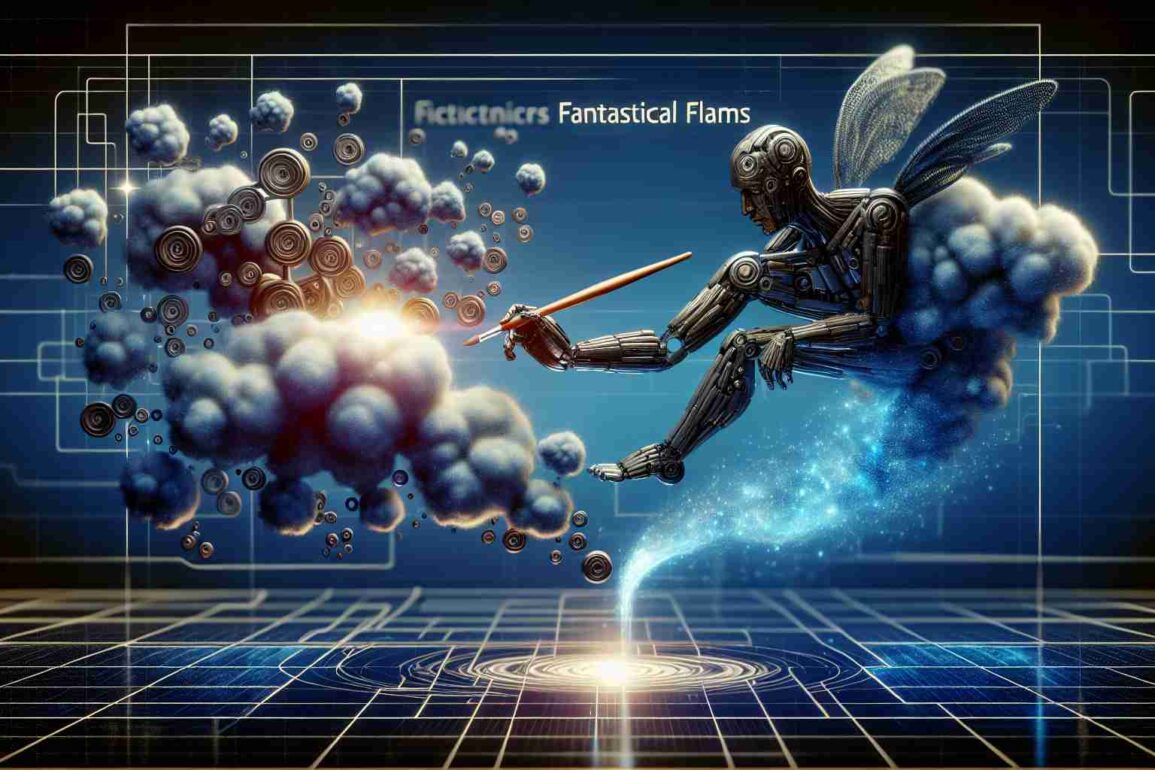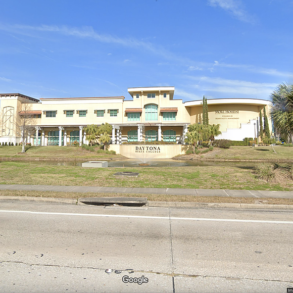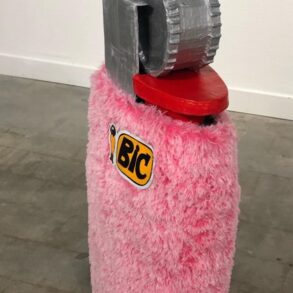
Imagine an artist who never sleeps, whose fingers never tire, and whose palette spills over with all the colors of the digital spectrum – this is the promise of AI image generators, machines that have seized the artist’s brush with their algorithmic fingers. Yet, as they sketch the outlines of our future portraits, there arises a perturbing question: do these digital geniuses dream of impossible sceneries or do they merely mirror the flawed world we feed them?
Dive into the fascinating labyrinth where technology mimics creativity, and discover the jagged edges of AI image generators—those generative adversarial networks (GANs) that both amaze and befuddle the human onlooker. Let’s undress the emperor to reveal that, despite its regal stride, this AI harbors invisible threads of limitation.
The paradox begins at the roots: to sprout new images, the AI must gorge on the fruits of past visuals. It is a voracious learner, yes, but it ingests only what we offer on the platter of data diversity. Should our banquet lack variety or, worse, harbor the bitter herbs of bias, the AI’s creations will reflect these deficiencies—replicating stereotypes rather than enriching our visual landscape.
As our algorithmic Aladdins command their digital carpets to fly, they sometimes crash into the twilight zone of the nonsensical. Picture a cat with three tails or a sunset smeared with the wrong spectrum—these are the whimsical outcomes when the AI, a pattern mimic without a whisper of common sense, knits together images devoid of semantic coherence. It’s as if the AI, like an overzealous bard, composes verses extolling a love that never breathes a beat of the heart.
Pushing into the craggy terrain of intricate detail, we find AI faltering to capture the whispers of complexity. Those fine etchings on a leaf, the textured weavings of fabric—they remain just beyond the grasp of our digital da Vincis. Where nature and humanity overflow with meticulous nuance, the AI runs like an impressionist, colors bleeding into broad strokes that lose the essence of detail.
And what of reliability and control? The AI, with its temperamental soul, transforms dramatically with even the gentlest nudge of its parameters. Seeking a serene landscape, we might unveil a tempestuous sea—such is the caprice of these electronic oracles. Consistency remains a fabled kingdom, often glimpsed but rarely attained.
Yet critics and cynics, hold your verdict! For these limitations are not tombstones but rather milestones on an ever-winding road. The rhythmic march of research and development is relentless—a crusade toward data diversity, an incantation for imbuing AI with semantic sense, a meticulous chisel to sculpt the subtle and exact.
OpenAI, Towards Data Science, and Synced relay accounts of this unfolding odyssey—a testament to progress’s heartbeat. And though today’s AI image generators might not rival the Sistine Chapel’s ceiling or match Ansel Adams’ eye, each flawed masterpiece is a stepping-stone toward an era where machines augment our most human of expressions.
And so, we stand as patrons in the grand gallery of AI’s evolution, where every errant pixel and every curious abstraction lay the groundwork for an opus yet to come—an opus that harmoniously blends the brushstrokes of human and machine into a symphony of sight.
[embedded content]
[embedded content]

Michał Rogucki is a pioneering figure in the field of renewable energy, particularly known for his work on solar power innovations. His research and development efforts have significantly advanced solar panel efficiency and sustainability. Rogucki’s commitment to green energy solutions is also evident in his advocacy for integrating renewable sources into national power grids. His groundbreaking work not only contributes to the scientific community but also plays a crucial role in promoting environmental sustainability and energy independence. Rogucki’s influence extends beyond academia, impacting industry practices and public policy regarding renewable energy.







